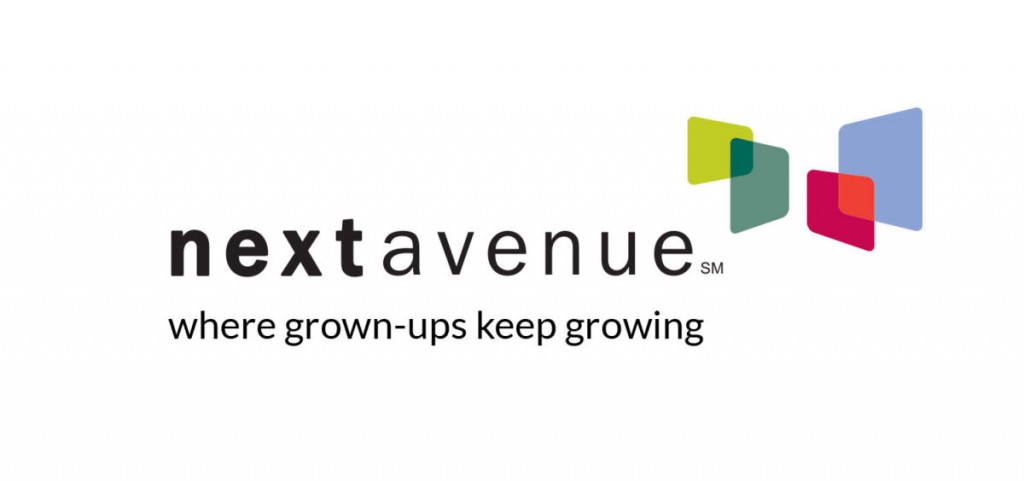Communiqué
How Amending the Affordable Care Act Could Raise Boomer Premiums
< < Back to how-amending-the-affordable-care-act-could-raise-boomer-premiumsBy Richard Eisenberg / Next Avenue
 No one knows exactly how the Affordable Care Act (ACA) will be amended by the Trump administration and Congress, or even if it will. But health policy analysts say a tweaking of that law could mean higher health insurance premiums for some boomers because of their age.
No one knows exactly how the Affordable Care Act (ACA) will be amended by the Trump administration and Congress, or even if it will. But health policy analysts say a tweaking of that law could mean higher health insurance premiums for some boomers because of their age.
Here’s why:
Under the Affordable Care Act, in most states, health insurers can use federal guidelines based on someone’s age to determine the cost of his or her premiums. Generally, the base rate is what a 21-year-old would pay and this figure is adjusted upward for older purchasers. Premiums are highest after age 50, since older people tend to spend more on health care than younger ones. Older policyholders are viewed as “high risk” and younger ones as “low risk.”
How Health Insurance Age Bands Work
But, as the Affordable Care Act was written, premiums for people 64 and older can’t be more than three times what they are for 21-year-olds. At age 50, they’re capped at 1.78 times what the younger people pay; at 55, the cap is 2.23 times. These are known as community rating restrictions and the age ratings are known as “age bands.” The 64-year-olds have a 3-to-1 rate banding.
Some health policy analysts now believe that a likely change to the Affordable Care Act will be letting health insurers charge older Americans up to five times more than what younger Americans pay (a 5-to-1 band), rather than the current 3-to-1. That proposal is part of Republican House Speaker Paul Ryan’s “A Better Way” health reform plan.
Some analysts believe health insurers will be allowed to charge older Americans up to five times more than what younger Americans pay.
Getting Younger Americans to Sign Up
This change in the age bands, they believe, would help strengthen the financial stability of the health insurance industry because it would prevent premiums from being too expensive for young people. As a result, more healthy “young invincibles” would sign up than they do now.
Only about 28 percent of people insured through the Affordable Care Act’s market exchanges are those young adults with meager health expenses, far lower than the 40 percent initially predicted. And that’s one reason, analysts say, why health insurance premiums will rise 25 percent, on average, next year.
“I’ve always felt a combination of restricted age bands in community rating were a problem in discouraging younger people from enrolling,” said Paul Ginsburg, a health policy analyst at the Brookings Institution, at the “What Will Happen to the ACA?” webinar from the Society of American Business Editors and Writers I attended Monday. “I would look to a modification of the ACA to have higher age bands, so they’re not 3-to-1, but 5-to-1 or 6-to-1.”
What Could Happen to a 64-Year-Old’s Premiums
The Commonwealth Fund, a nonpartisan health care research foundation, recently ran the numbers for what a 5:1 band rating would mean for older Americans. A “benchmark annual premium” for a 64-year-old would rise from about $8,500 under current law to $11,000 in 2017 if the law permitted a 5-to-1 band. (This figure doesn’t account for any change in federal subsidies for buying health insurance. The House Republicans’ Affordable Care Act reform plan includes subsidies based on age.)
The Commonwealth Fund also predicts that if 5:1 age bands were implemented, average health insurance premiums in the individual market would drop by about 9.5 percent in 2017, about 2.2 million more people under 50 would become insured and roughly 400,000 between ages 50 and 64 would lose insurance.
A ‘Simple Step’
“While changing this one provision of the ACA is unlikely to fix the many problems facing the individual insurance exchanges, it is a simple step in the right direction,” wrote Jonathan Keisling, health care data analyst of the center-right American Action Network advocacy group in his July 2016 article “Age Bands and the Affordable Care Act.”
© Twin Cities Public Television – 2016. All rights reserved.

